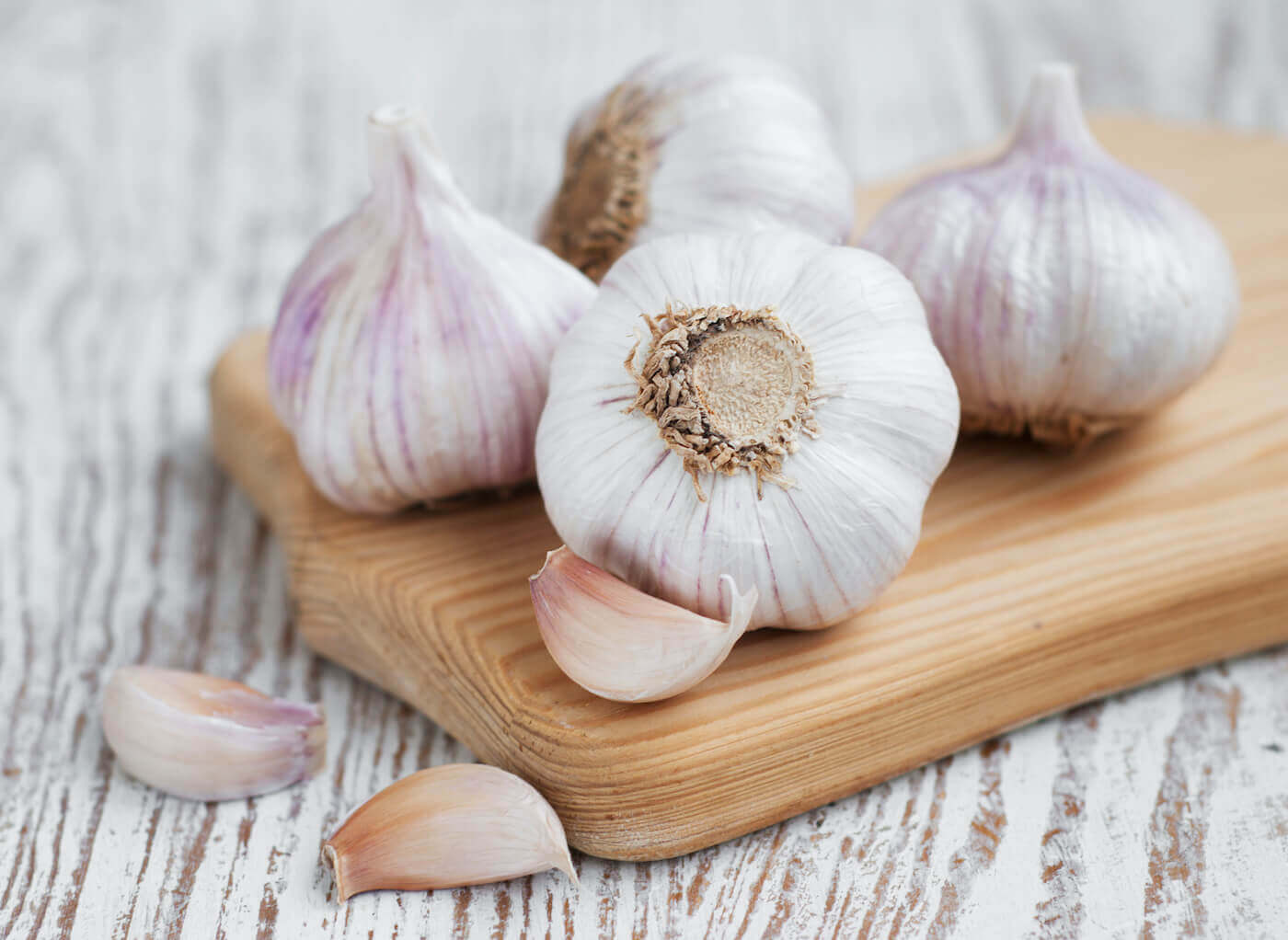Minced Garlic Vs. Garlic Powder: What’s The Difference?
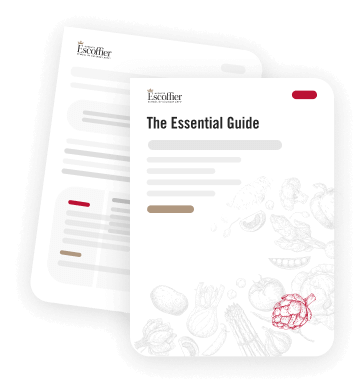
From Korea to Italy to France and beyond, garlic is a staple in many global cuisines. Garlic is a popular seasoning for a variety of foods and many recipes call for it. But the form that your garlic takes can make all the difference when it comes to flavoring your dish.
Let’s talk about the differences between minced garlic and garlic powder. Although they come from the same bulb, these two preparations yield different results, and using the wrong one can alter the taste of your dish.
What’s the Difference Between Minced Garlic and Garlic Powder?
The biggest difference between these two ingredients is simply their form. Minced garlic is derived from a garlic clove that has been peeled, crushed through rough chopping, and then finely sliced into tiny bits. This can be done with the tip of a knife or with a special tool made specifically for mincing garlic cloves.
Garlic powder, on the other hand, is a spice mixture. It’s a fine powder that is extracted from dehydrated garlic cloves and involves a process of grinding up the clove into fine particles to make up the powder.
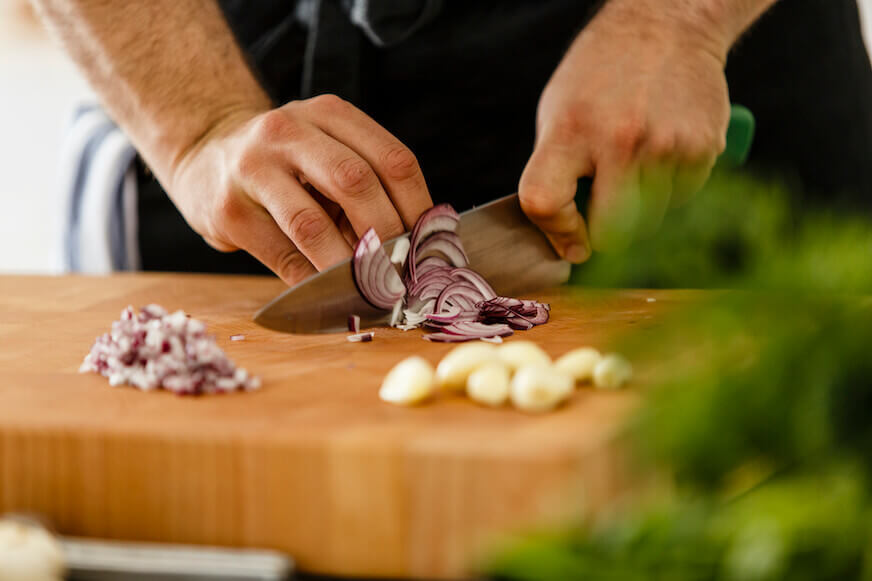
Benefits of Using Each Type of Garlic
Both types of garlic have their place, but note that they’re not interchangeable.
When to Use Minced Garlic
Generally speaking, minced garlic is the preferred ingredient for most dishes. It’s fresher than garlic powder and has a stronger flavor.
Whether you buy full garlic bulbs and mince them yourself or purchase them pre-minced in a jar, the taste and aroma will be more intense than that of garlic powder. Just know that due to preservation methods, the flavor of pre-made minced garlic is different from fresh and can ultimately affect your final product.
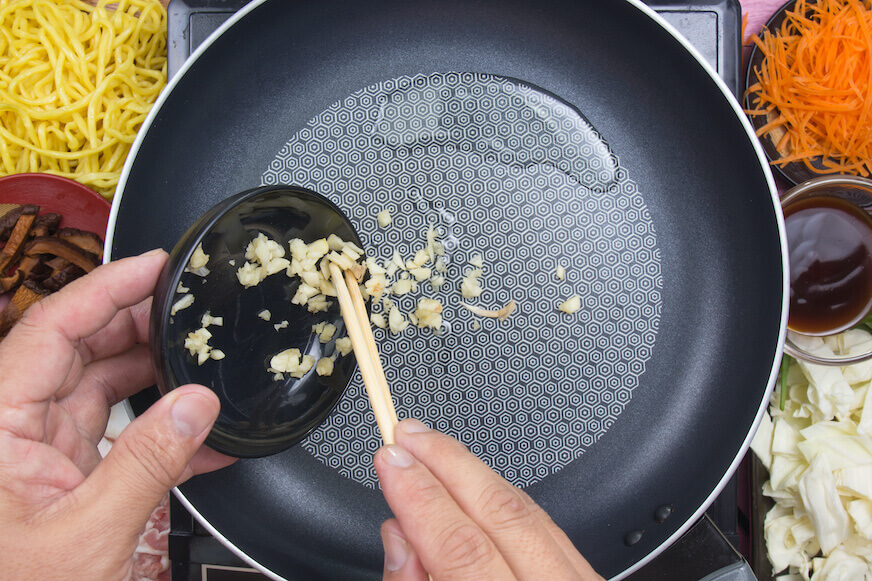
When to Use Garlic Powder
Garlic powder is often used in smaller quantities or sprinkled over a pasta-, meat-, or veggie-based dish for a more subtle final flavoring. If you’re making a recipe that’s water-sensitive – like meatballs or breaded chicken – garlic powder is almost always the way to go. With a lower moisture content, you’ll be able to get the garlic flavor without affecting the texture of your dish. (No one wants to bite into bits of intensely pungent garlic cloves when devouring a meatball!)
When using garlic powder, it’s important to remember that a little goes a long way. Roughly 1/8 of a teaspoon of garlic powder is equivalent in flavor as one garlic clove.
Explore Ingredients In-Depth for the Best Results
Garlic is one of many widely used seasonings and knowing how to incorporate it into your recipes in the right ratios can greatly impact how well your meal is received! Seasoning can be quite tricky – “enough but not too much” is a tough concept to catch. So getting some extra support can help you master seasoning techniques.
Start by discovering recipes you can try at home with convenient online cooking classes from Escoffier Home Gourmet and America’s Test Kitchen. Got the basics down? Dreaming of starting your own restaurant? Want to cook professionally? Consider a culinary degree or diploma from Auguste Escoffier School of Culinary Arts to fine-tune your existing skillset.
Culinary & Pastry Career Survey
Culinary & Pastry Career Survey
What's your ideal culinary career? Answer 20 simple questions and see if your dream career gets revealed to you.
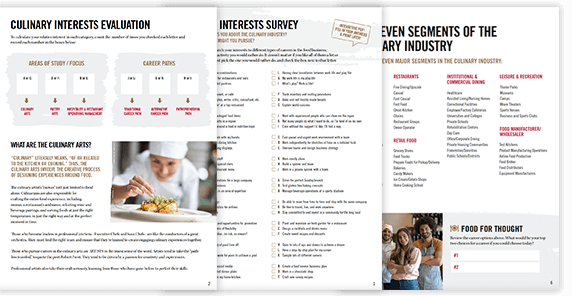
We’ve compiled of all of the essential questions into one handy guide: Career options, description of skill requirements, and more!
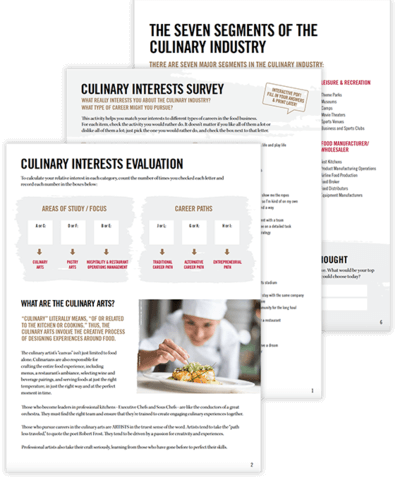

Discover more spice-infused recipes and tips for using your seasonings here:
This article was originally published on April 20, 2013, and has since been updated.

